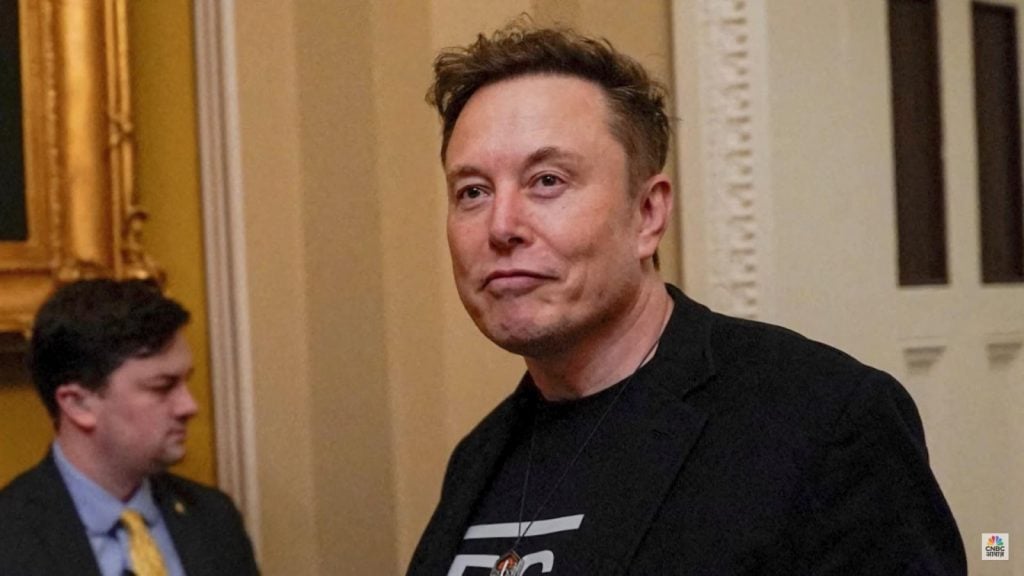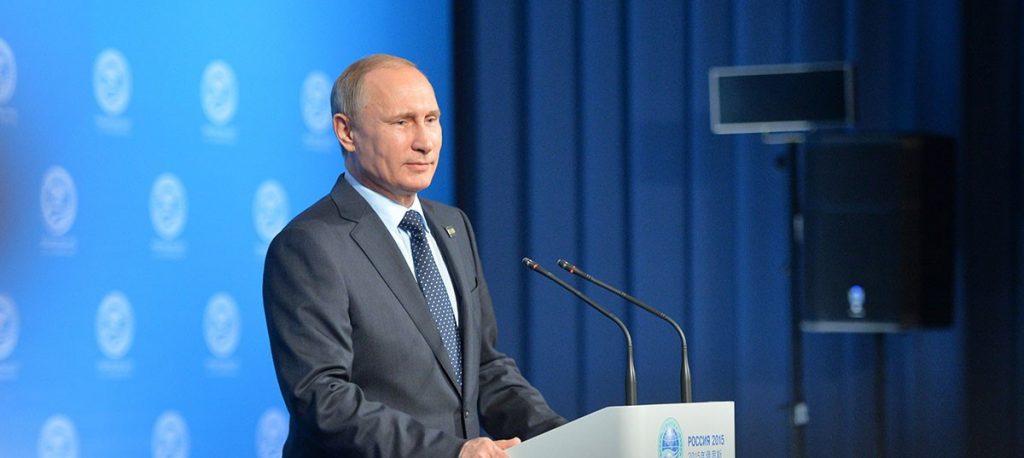Big News: Trump Announces Ceasefire Deal Between Israel and Iran
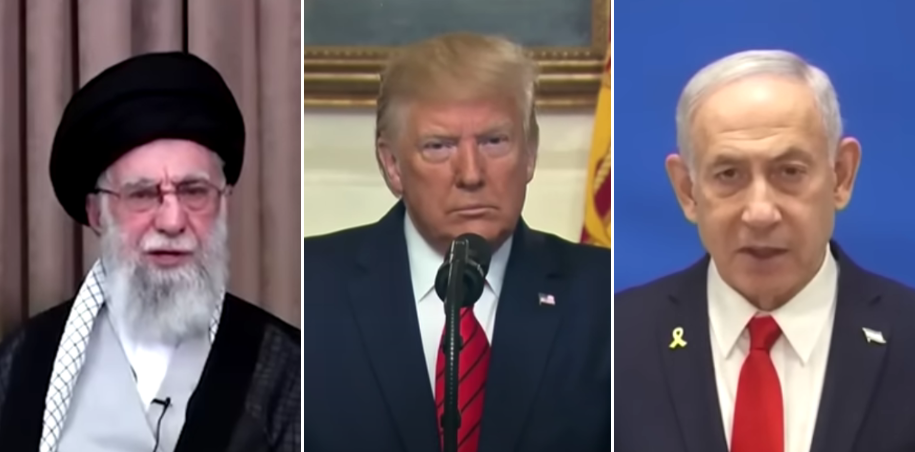
What are the key terms of the Israel-Iran ceasefire agreement announced by Trump?
The Middle East has been a region of tension for years, with conflicts often making headlines. Recently, a surprising announcement caught the world’s attention: a ceasefire between Israel and Iran.
This development, shared by U.S. President Donald Trump, could mark a turning point in a 12-day conflict that had many worried about a larger war.
But what does this ceasefire mean, and can it bring lasting peace? Let’s break it down.
How the Israel-Iran Ceasefire Agreement Came to Be
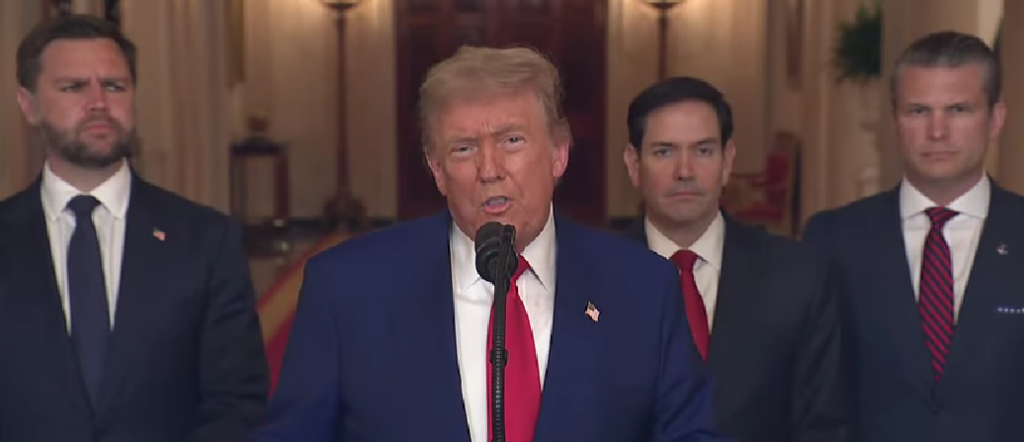
On June 24, 2025, President Trump announced on Truth Social that Israel and Iran had agreed to a “complete and total ceasefire.”
The deal was meant to end a brief but intense conflict that began on June 13, when Israel launched airstrikes on Iranian nuclear and military targets. Iran responded with missile attacks, including one on a U.S. military base in Qatar.
The fighting caused significant damage, with reports of at least 950 deaths in Iran and 24 in Israel.
The ceasefire was brokered with help from Qatar, whose leaders worked with Trump and his team, including Vice President JD Vance and Secretary of State Marco Rubio.
According to sources, Trump spoke directly with Israeli Prime Minister Benjamin Netanyahu, while Qatar’s Emir and Prime Minister convinced Iran to agree.
The plan outlined two 12-hour ceasefire periods: Iran would stop its attacks first, followed by Israel, with the war officially ending after 24 hours.
However, confusion arose as Iran’s Foreign Minister Abbas Araghchi initially denied any formal agreement, though he said Iran would pause attacks if Israel did the same by 4 a.m. Tehran time.
Challenges and Uncertainty
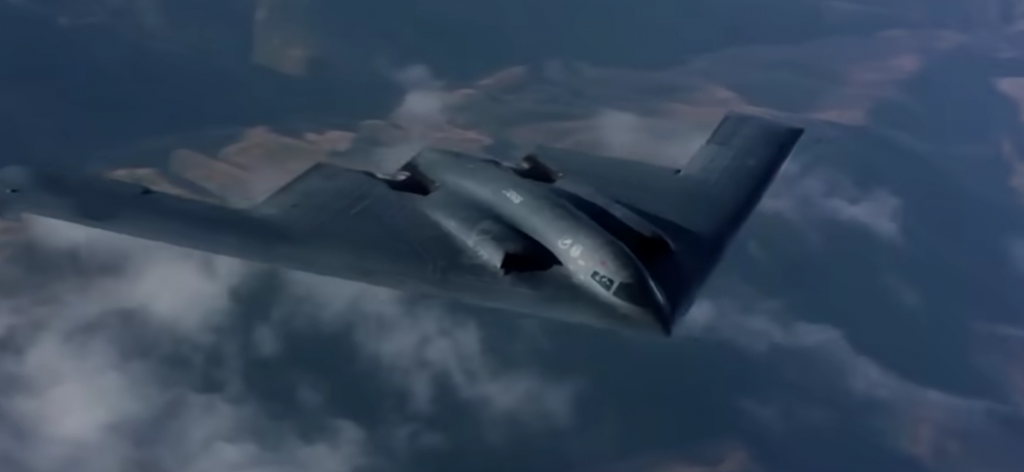
Despite the announcement, the ceasefire faced immediate hurdles. Hours before it was set to begin, Iran launched missiles at Israel, killing at least four people in Beersheba.
Israel’s Defense Minister, Israel Katz, accused Iran of violating the truce and ordered strikes on Tehran. This raised doubts about whether the ceasefire would hold.
Israeli officials, including Netanyahu, confirmed their agreement to the deal but warned they would respond strongly to any violations.
Iran’s state media also claimed the ceasefire was in effect, but the lack of clear confirmation from both sides left many skeptical.
The conflict’s roots lie in Israel’s concerns about Iran’s nuclear program. Israel and the U.S., which joined the fight by striking Iranian nuclear sites, aimed to prevent Iran from developing nuclear weapons.
Trump claimed the strikes “obliterated” Iran’s nuclear capabilities, but the UN’s nuclear chief said damage assessments were unclear.
The ceasefire’s success may depend on future talks to ensure Iran’s nuclear program remains in check, a process that could take years.
What’s Next for the Region?
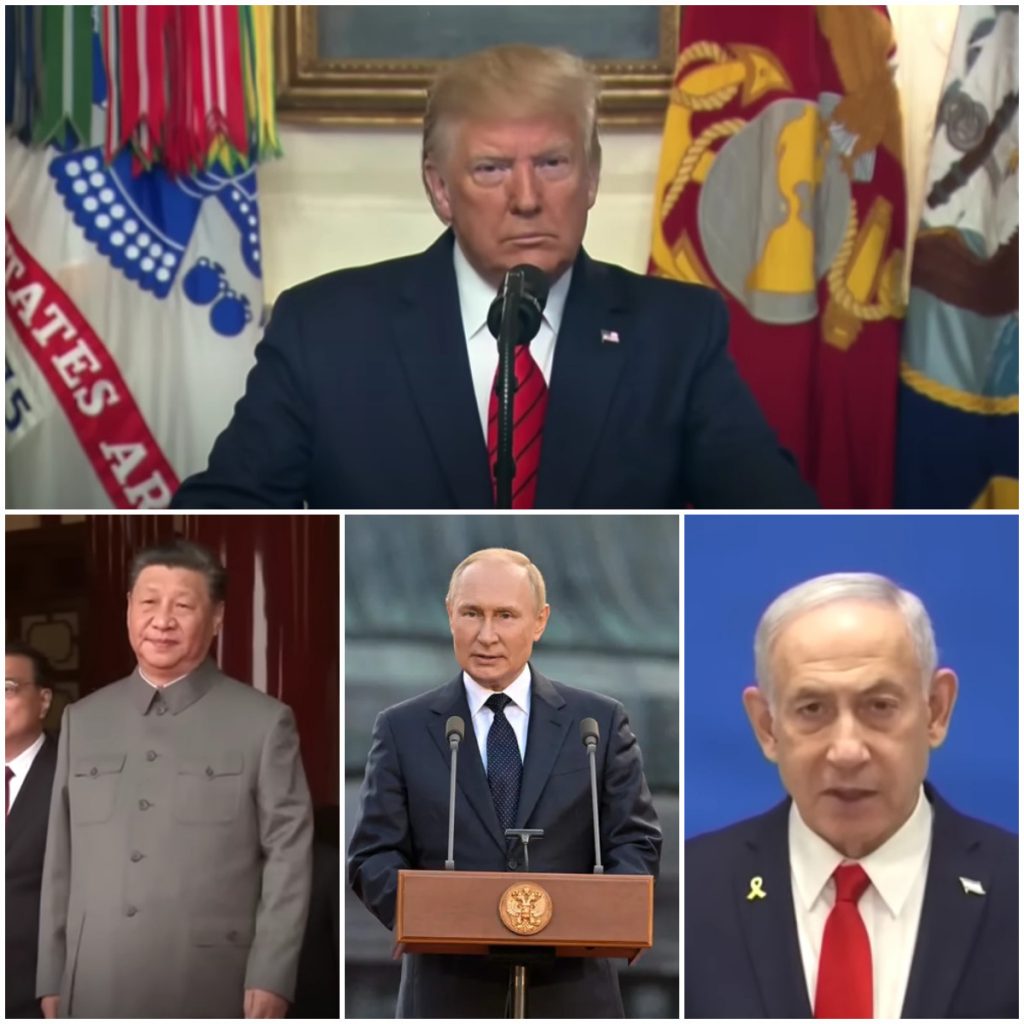
The ceasefire, if it holds, could ease tensions in the Middle East, where conflicts have caused widespread suffering.
Trump called it the end of the “12-day war,” expressing hope that Israel and Iran would never fight again. However, experts warn that deep mistrust between the two nations makes lasting peace challenging.
Qatar’s role as a mediator shows the importance of diplomacy, but both sides must commit to the terms for the ceasefire to work.
For now, the world watches closely. The ceasefire offers hope, but its fragility reminds us that peace in the Middle East is never simple.
Will this be a step toward stability, or just a pause in a longer conflict? Only time will tell.
You might also want to read: World War III Concerns: Are We on the Verge of a Global Conflict?
